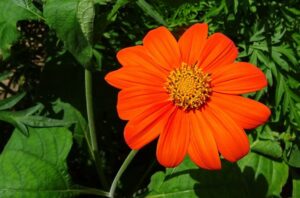This guide will cover everything you need to know about the ideal conditions for planting hydrangeas, taking you step by step through aspects such as sunlight, soil type, climate considerations, and companion plantings.
Understanding Hydrangea Varieties
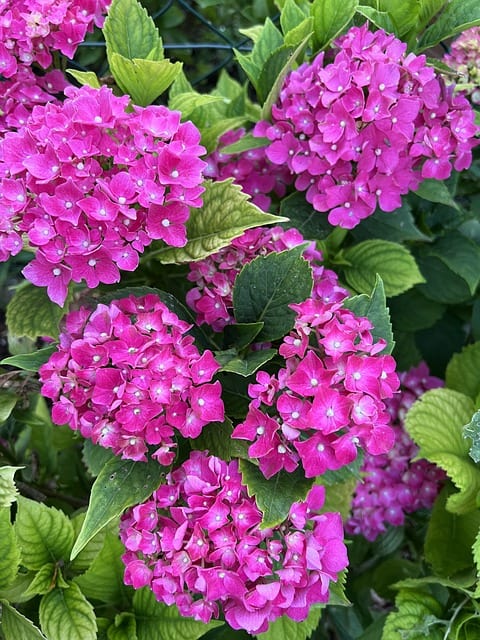
Before we explore the perfect planting locations, it is essential to understand that not all hydrangeas are the same. There are several varieties, each with its own specific requirements regarding sunlight, moisture, and soil. The most popular types include:
Macrophylla (Bigleaf Hydrangea): Known for their large flowers, these varieties are typically favored for their beauty but require a bit more protection from harsh sunlight.
Paniculata (Panicle Hydrangea): These have cone-shaped flower clusters and are more tolerant of sun and drought conditions, making them versatile for various locations.
Arborescens (Smooth Hydrangea): Often known for their resilience, these can flourish in partial sun and are particularly suitable for northern gardens.
Quercifolia (Oakleaf Hydrangea): With unique oak-like leaves, these shrubs thrive in partial shade and prefer more moisture.
Serrata (Mountain Hydrangea): Native to Japan, these smaller varieties excel in shaded or partially shaded spots and often produce stunning blooms.
Understanding the specific requirements of each variety will ultimately guide you in determining the best planting location.
Sunlight: The Right Balance

One of the key factors in deciding where to plant hydrangeas is sunlight. The amount of light these plants receive directly impacts their growth and blooming. Here’s how to gauge the right light exposure for your hydrangeas:
Full Sun vs. Partial Shade
Full Sun: Some varieties like the Paniculata can thrive in full sun, which translates to approximately 6-8 hours of direct sunlight a day. This exposure can enhance the size of the blooms, making them more robust and vibrant. However, even sun-loving varieties appreciate some afternoon shade in particularly hot climates to prevent wilting and leaf scorch.
Partial Shade: Many hydrangeas flourish in partial shade, which typically means 4-6 hours of sunlight, ideally in the morning. This exposure allows them enough light to develop blooms without the risk of stress from intense heat. Bigleaf and Oakleaf hydrangeas are prime examples of varieties best suited for these conditions. They prefer to be protected from the harsh afternoon sun, especially during hot summer months.
Tips for Evaluating Sunlight
To find the right placement:
Take note of sunlight intensity throughout the day in your garden.
Observe the specific areas where other plants thrive or struggle; their performance can provide clues about sun exposure throughout the day.
If your hydrangeas will be planted near taller trees or structures, consider how these factors might alter the sun availability.
Soil Conditions: The Foundation of Hydrangeas
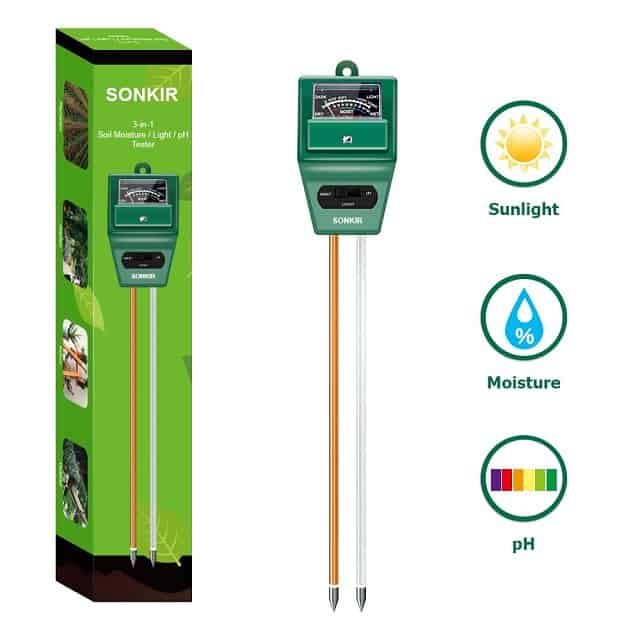
Another crucial aspect to consider when deciding where to plant hydrangeas is the quality of your soil. Healthy, nutrient-rich soil is vital for the health of these shrubs.
Soil Type
Well-drained Soil: Hydrangeas prefer well-draining soil. Heavy, compacted soils that retain water can lead to root rot. Amending the soil with compost or organic matter can improve drainage.
pH Levels: Hydrangeas are unique in that their flower color can vary depending on soil pH. Acidic soils (pH below 6) tend to produce blue blooms, while alkaline conditions (pH above 7) lead to pink blooms. Testing your soil’s pH can help create the desired flower color, but of course, the health of the plant is paramount. Focus on enriching the soil first.
Soil Moisture
Hydrangeas thrive in consistently moist soil but not submerged in water. It’s crucial to water them regularly, especially during dry spells. Consider planting them near a water source, like a garden pond or sprinkler system, to ensure they have adequate moisture. However, avoid placing them in low-lying areas where water can pool.
Nutrient-Rich Soil
Incorporating organic mulch around the base of the hydrangeas can help retain soil moisture, suppress weeds, and gradually add nutrients to the soil as it decomposes. A layer of shredded bark or wood chips spread around the plant can also create a visually pleasing aesthetic while benefiting the health of the plant.
Climate Considerations: Choosing the Right Zone
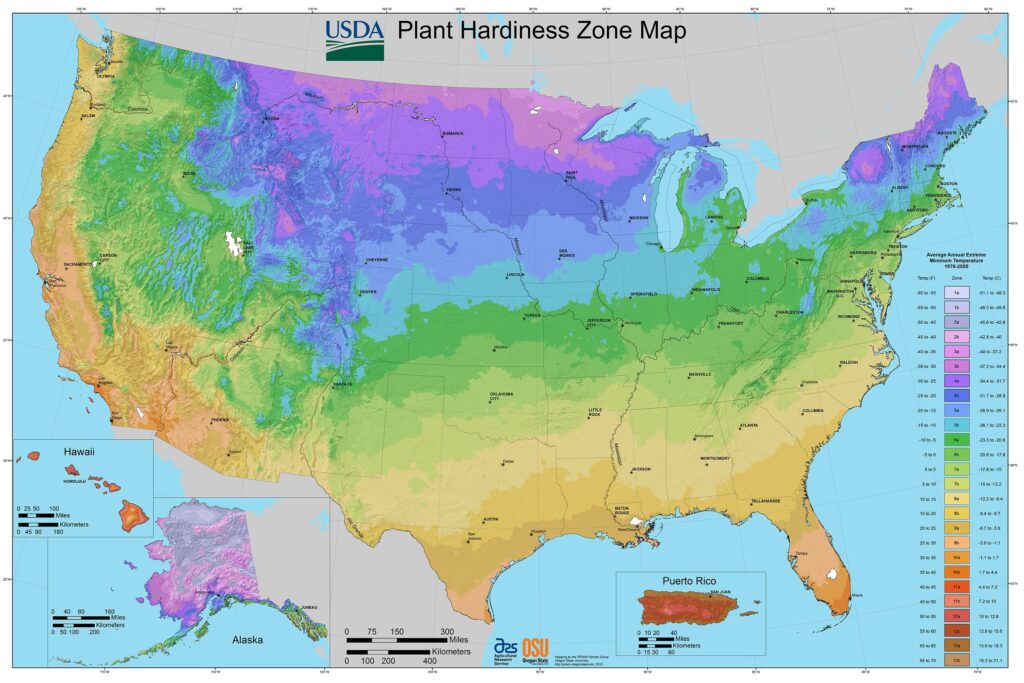
Climate plays a significant role in determining where to plant your hydrangeas. Understanding your USDA hardiness zone will help you select the right varieties and locations within your garden.
Hardiness Zones
Hydrangeas thrive in various USDA hardiness zones, and their requirements can shift depending on the region:
Northern Climates: In cooler zones (3-5), hydrangeas may require protection from harsh winter winds and should be planted in more sheltered positions, particularly Bigleaf and Mountain varieties.
Southern Climates: In warmer zones (8-10), consider placing your hydrangeas in partial shade to prevent the intense sun from wilting their leaves. Panicle varieties can withstand the heat better, making them more suitable for full sun.
Draught and Heat Resistance
When planting hydrangeas in warmer climates, choose heat-resistant varieties. In zones prone to droughts, frequent monitoring of moisture levels is essential. Rely on mulch to help retain soil moisture in these conditions.
Companion Planting: Designing Your Garden
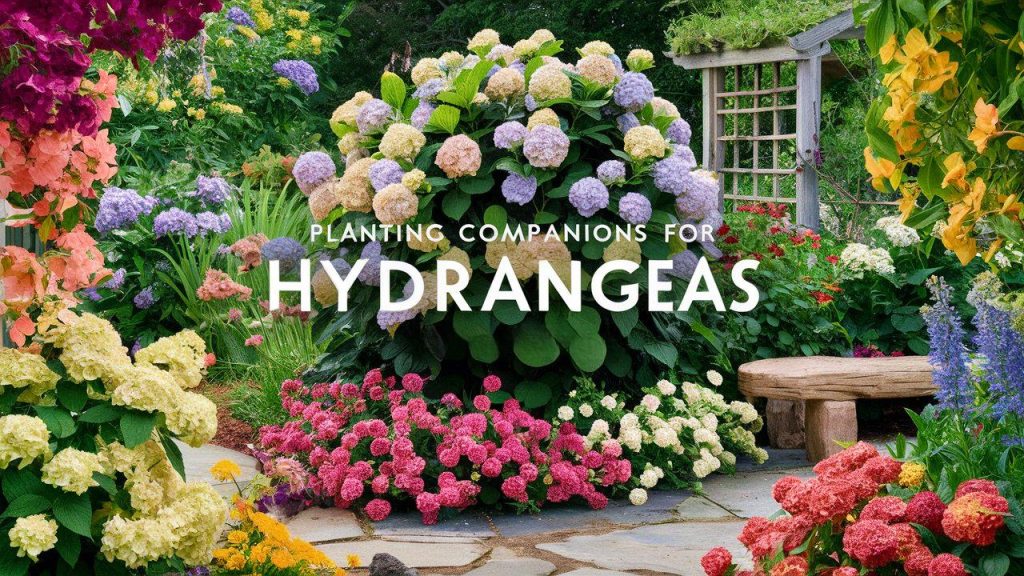
Another compelling aspect of where to plant hydrangeas involves thinking beyond just the shrub itself. Pairing hydrangeas with other plants can enhance their aesthetic appeal and create a more cohesive garden design.
Complementary Plant Choices
Consider incorporating plants that thrive in similar conditions. Some suitable companion plants include:
Hostas: These shade-loving plants can thrive alongside hydrangeas, particularly in partially shaded areas, while their lush foliage can complement the hydrangeas nicely.
Astilbes: These perennials love moist, well-drained soil and can also flourish in partial shade while providing a vibrant floral display.
Ferns: If your hydrangeas are in a shadier spot, ferns can create a lovely, naturalistic look, adding texture to your garden.
Daylilies: These sun-loving blooms can contrast beautifully against the lush foliage of hydrangeas and can provide seasonal color.
Creating Visual Cohesion
When selecting companion plants, think about the height and color palette of your hydrangeas. Tall perennials behind shorter plants can create depth, while varying colors can add interest. Aim for a mix of textures and shapes for a dynamic and engaging garden space.
Creating Microclimates
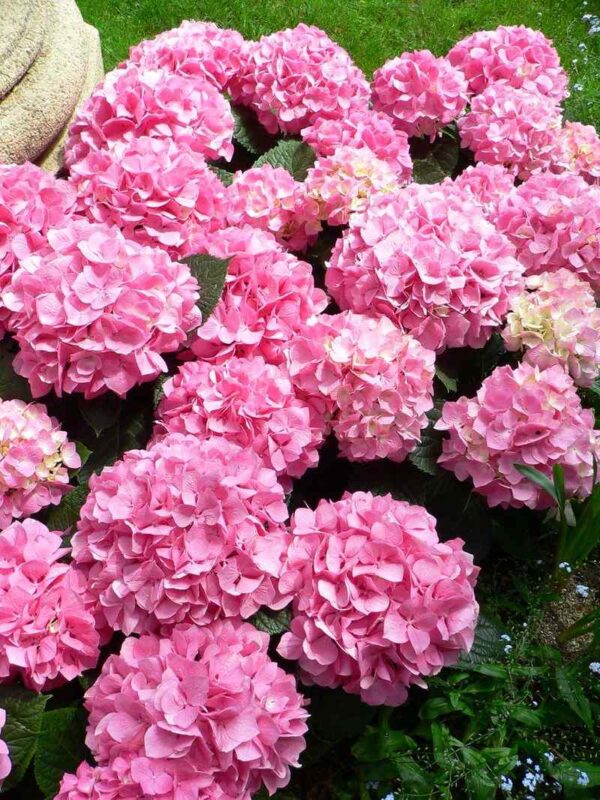
While hydrangeas have general sunlight and soil preferences, creating microclimates can significantly influence their growth. Utilize your yard layout to take advantage of these small environmental differences.
Utilizing Existing Structures
Walls and Fences: Planting hydrangeas near south-facing walls can help create warmth and protection from the wind, especially useful in cooler climates. Just make sure they’re not too close, as they still need air circulation.
Trees for Shade: Large trees with filtered light can provide a perfect environment for many hydrangea varieties, especially in hotter climates. Planting them under the canopy allows for cooler ground temperatures.
Water Features and Outdoor Structures
Water features, such as ponds or streams, not only create a beautiful garden focal point but can also help maintain higher humidity levels, positively affecting hydrangeas. Consider the placement of your hydrangeas in relation to outdoor structures like patios or pergolas that can offer an aesthetics upgrade while creating a favorable environment.
Maintenance and Care: Ensuring Success After Planting
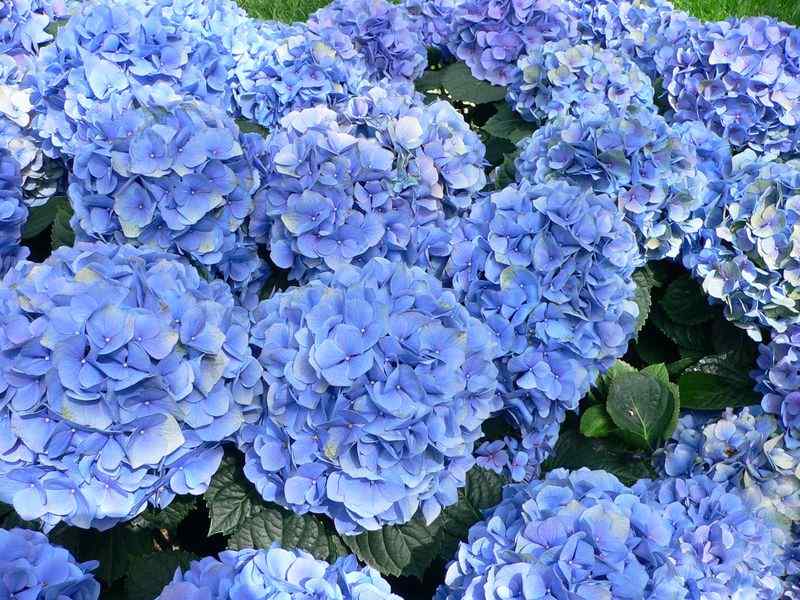
Choosing the right planting location for hydrangeas is only part of the equation. The ongoing care and maintenance you provide after planting are crucial for their health and blooming success.
Regular Watering and Fertilization
Hydrangeas require consistently moist soil, especially during their growing season. Water them regularly, particularly in arid periods, and apply a balanced, slow-release fertilizer in the spring to encourage robust growth and blooming.
Pruning Practices
Knowing when and how to prune is essential for healthy hydrangea plants:
Spring Bloomers: Such as Bigleaf, should be pruned right after blooming to avoid cutting off next year’s flowers.
Summer Bloomers: Like Paniculata, can be pruned in early spring before new growth emerges.
Familiarize yourself with the specific needs of the hydrangea variety you own to ensure successful pruning.
Dealing with Pests and Diseases
Regular monitoring can help prevent pest issues and diseases. Look out for common pests like aphids and spider mites and treat them promptly with insecticidal soap if necessary. Fungal issues can arise in overly moist conditions, so maintaining good airflow around the plants will help mitigate that risk.
Conclusion: Finding Your Perfect Spot
By considering factors such as light exposure, soil conditions, climate compatibility, and design aesthetics, you can discover the ideal location for planting hydrangeas in your garden. Whether you are drawn to the vibrant blooms of Bigleaf hydrangeas or the elegant panicle varieties, the right placement will ultimately lead to flourishing plants and a visually stunning landscape.





